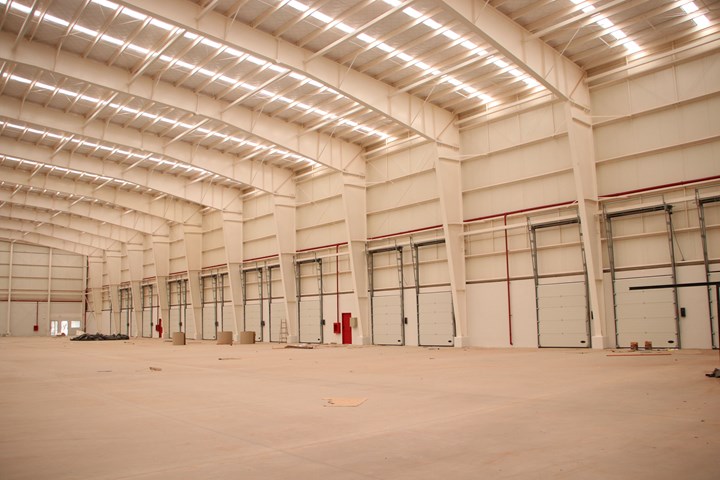Planefibra translucent composite tiles target natural lighting, energy savings
More than reducing the electricity bill, companies can improve their work environment by including these GFRP tiles, which have high thermal resistance, on their buildings.
Share
Read Next
In addition to opaque composite roof tiles, Planefibra (Santa Catarina, Brazil) is adding translucent versions to its product offerings, highlighting their advantage in providing natural lighting to reduce electricity use, while blocking direct solar radiation to prevent overheating in buildings. According to the company’s website, the translucent tiles are made from glass fiber-reinforced polyester and have UV protection film on both sides.
“Natural lighting strengthens the sustainable profile of companies because consuming less, under any circumstances, preserves the environment. It is also an important ally in improving workplace conditions,” Cyrus Muchalski, general manager of Planefibra, says.
The company specializes in solutions for natural lighting and ventilation through the manufacture of tiles, domus, shutters and sheets of fiber-reinforced polymer (FRP) materials. Its products are present in industrial, commercial and residential buildings throughout Brazil and in several countries in South America.
Depending on the dimensions of the building, the season of the year and the incidence of sunlight, Muchalski calculates that companies are able to reduce their energy bill by up to 95% with lighting during business hours when using its composite tiles. “To obtain this result, the ideal is to cover 10% of the shed area with translucent tiles,” he notes.
With a minimum useful life of ten years, composite tiles have high thermal resistance. That is, even in places where the incidence of sunlight is high, there is said to be no risk of the roof deforming. Another advantage is the production of custom-made tiles, which adapt to the various existing roofing models. “Add to that the price, on average, 30% lower than polycarbonate tiles, the main competitor of those made of composites,” Muchalski compares.
In the last decade, Planefibra has supplied 3.5 million square meters of tiles to builders of logistics and industrial warehouses, home centers, supermarkets, sports centers and homes. They are produced in accordance with the NBR 16753 standard and Technical Instruction No. 10, which concern fire resistance.
Related Content
-
Cryo-compressed hydrogen, the best solution for storage and refueling stations?
Cryomotive’s CRYOGAS solution claims the highest storage density, lowest refueling cost and widest operating range without H2 losses while using one-fifth the carbon fiber required in compressed gas tanks.
-
Plant tour: Joby Aviation, Marina, Calif., U.S.
As the advanced air mobility market begins to take shape, market leader Joby Aviation works to industrialize composites manufacturing for its first-generation, composites-intensive, all-electric air taxi.
-
Sulapac introduces Sulapac Flow 1.7 to replace PLA, ABS and PP in FDM, FGF
Available as filament and granules for extrusion, new wood composite matches properties yet is compostable, eliminates microplastics and reduces carbon footprint.

















